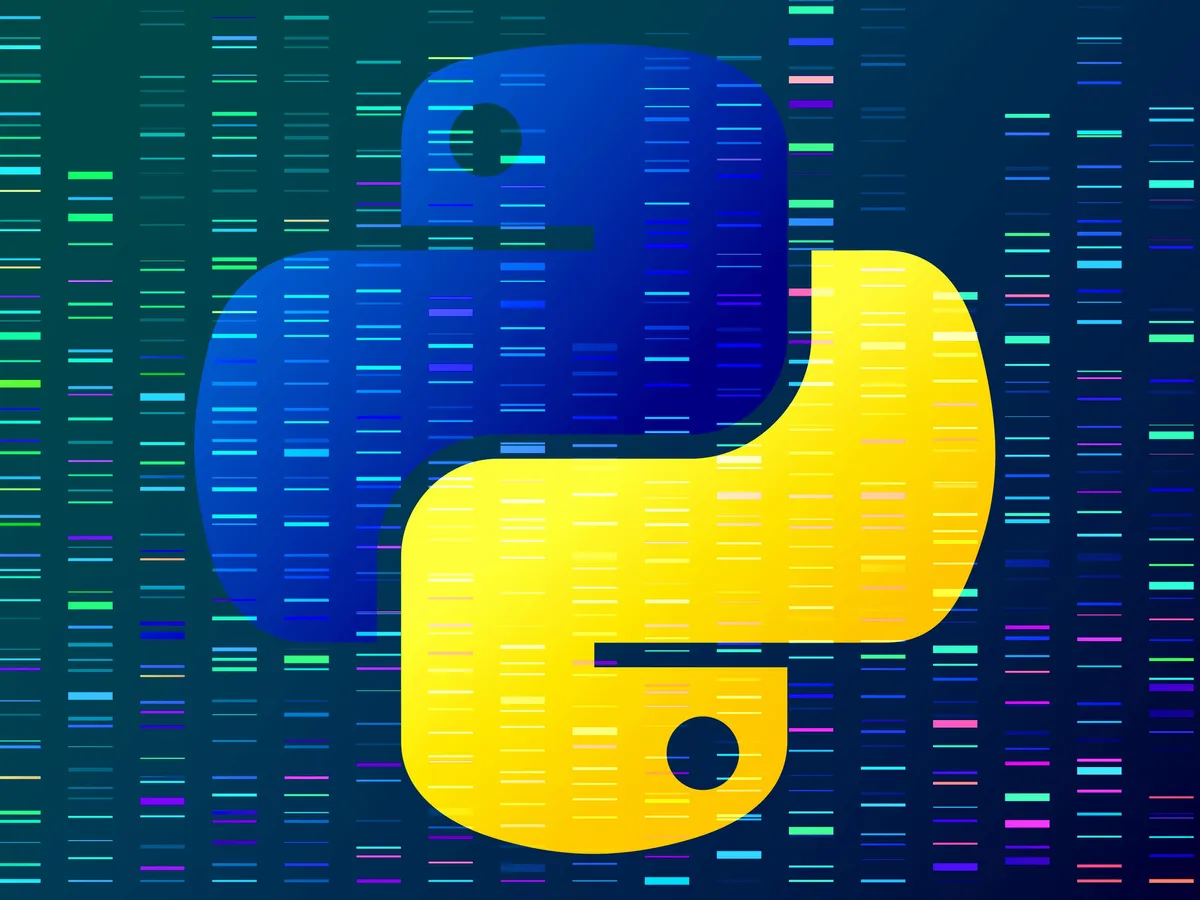For the aspiring coder venturing into the vast universe of programming languages, Python stands as a beacon of simplicity and power. As a novice, you might have heard of Python’s reputation as an excellent starting point for beginners. In this blog post, we’ll start to peel back the layers of Python, focusing on its syntax. By understanding Python’s syntax – the rules that dictate how programs written in Python should be formatted – you’ll build a strong foundation for future coding exploits.
What is Python?
Python is an interpreted, high-level, general-purpose programming language, designed with an emphasis on code readability. Its syntax allows programmers to express concepts in fewer lines of code than would be possible in languages like C++ or Java, making it particularly friendly to novices.
Python Syntax: The Basics
Python syntax is the set of rules that dictate how Python programs are written and interpreted. Python’s syntax is known for its simplicity, readability, and ease of understanding, which is partly why Python is so popular for beginners. Let’s start by exploring some of the most basic aspects of Python syntax.
Indentation
One key feature that distinguishes Python from many other programming languages is its use of indentation to define blocks of code. Where other languages might use braces {} to denote these blocks, Python uses indentation, typically four spaces or a single tab. Here’s an example of how this works in an if-else statement:
x = 10
if x > 5:
print("x is greater than 5")
else:
print("x is not greater than 5")Each indented line under the if and else statements forms a block of code that’s only executed if the condition is met. This enforces clean, readable code – one of Python’s key principles.
Comments
In Python, comments are used to explain the code and increase its readability. They are ignored by the Python interpreter. Comments in Python start with the hash character # followed by the comment text. For example:
# This is a comment
print("Hello, World!") # This line prints "Hello, World!"Variables and Types
Python is dynamically typed, meaning you don’t have to declare a variable’s type in advance. When you assign a value to a variable, Python figures out the type. For example:
x = 5 # x is an integer
y = "Hello" # y is a stringPython supports a variety of data types like integers, floats, strings, lists, tuples, dictionaries, and more.
Python Syntax: Control Flow
Control flow refers to the order in which the program’s code executes. Python offers several control flow tools including if, for, and while statements, along with break, continue, and pass.
If, Elif, Else
Python supports the usual logical conditions from mathematics:
- Equals:
a == b - Not Equals:
a != b - Less than:
a < b - Less than or equal to:
a <= b - Greater than:
a > b - Greater than or equal to:
a >= b
These can be used in several ways, most commonly in “if statements” and loops.
a = 33
b = 200
if b > a:
print("b is greater than a")
elif a == b:
print("a and b are equal")
else:
print("a is greater than b")Loops
Python has two primitive loop commands:
forloops are traditionally used when you have a block of code that you want to repeat a fixed number of times.whileloops continue as long as a certain condition is true.
# Example of a for loop
for x in range(5):
print(x)
# Example of a while loop
x = 0
while x < 5:
print(x)
x += 1Python Syntax: Functions
Functions in Python are defined using the def keyword. Here’s a simple example of a function that adds two numbers:
def add_numbers(a, b):
return a + b
print(add_numbers(3, 4)) # Outputs: 7Functions can take parameters, which are values you supply to the function so it can perform an action using those values.
Conclusion
This is just a brief tour of Python’s syntax, but it covers the essentials that you’ll use in almost every Python program you write. Python is a powerful, versatile language, and its clear, readable syntax is a major reason for its popularity.
As you continue to learn Python, keep exploring, keep experimenting, and most importantly, keep coding! With patience, persistence, and a good understanding of Python syntax, there’s no limit to what you can create. Happy coding!
Stay tuned for the next blog post where we’ll delve deeper into Python’s rich features like classes, exceptions, file I/O, and Python’s amazing collection of libraries and frameworks.
Check out the official Python website https://www.python.org/.
